Filter by
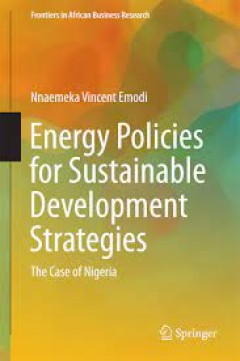
Energy Policies for Sustainable Development Strategies the Case of Nigeria
In this book, a number of long-term energy scenarios are developed for Nigeria considering the impact of vital factors that may influence energy policies in the country’s future energy system. The energy scenarios were developed through the Long-Range Energy Alternatives Planning System (LEAP) model. The model identified the future energy demand and supply pattern using a least-cost combinati…
- Edition
- 1
- ISBN/ISSN
- 978-981-10-0974-7
- Collation
- 85 b/w illustrations
- Series Title
- -
- Call Number
- -

Cosmopolitan commons :sharing resources and risks across borders
"With the advent of modernity, the sharing of resources and infrastructures rapidly expanded beyond local communities into regional, national, and even transnational space -- nowhere as visibly as in Europe, with its small-scale political divisions. This volume views these shared resource spaces as the seedbeds of a new generation of technology-rich bureaucratic and transnational commons. Drawi…
- Edition
- -
- ISBN/ISSN
- 9781461931164
- Collation
- 1 online resource.
- Series Title
- -
- Call Number
- -

Conservation refugees :the hundred-year conflict between global conservation …
How native people--from the Miwoks of Yosemite to the Maasai of eastern Africa--have been displaced from their lands in the name of conservation. Since 1900, more than 108,000 officially protected conservation areas have been established worldwide, largely at the urging of five international conservation organizations. About half of these areas were occupied or regularly used by indigenous peop…
- Edition
- -
- ISBN/ISSN
- 9780262322515
- Collation
- 1 online resource (376 pages).
- Series Title
- -
- Call Number
- -
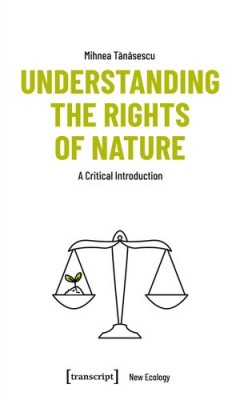
Understanding the Rights of Nature : A Critical Introduction
Rivers, landscapes, whole territories: these are the latest entities environmental activists have fought hard to include in the relentless expansion of rights in our world. But what does it mean for a landscape to have rights? Why would anyone want to create such rights, and to what end? Is it a good idea, and does it come with risks? This book presents the logic behind giving nature rights and…
- Edition
- -
- ISBN/ISSN
- 9783839454312
- Collation
- -
- Series Title
- -
- Call Number
- 333 TAN u
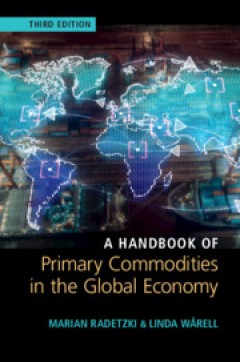
A Handbook of Primary Commodities in the Global Economy
The dramatic price falls of 2014–2015 marked the end of the most powerful and enduring commodity boom since the Second World War. Now in its third edition, this book acts as a guide to the ins and outs of the primary commodity universe. Updates to this edition reflect on the consequences of both China's economic slowdown as its industrialization enters a new, less commodity demanding phase, a…
- Edition
- -
- ISBN/ISSN
- 9781108886529
- Collation
- -
- Series Title
- -
- Call Number
- -
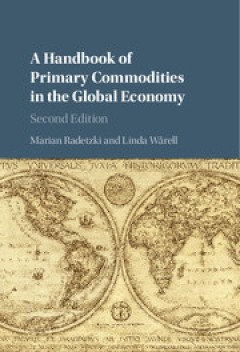
A Handbook of Primary Commodities in the Global Economy
The 2010s have been a dramatic period for most primary commodity markets. Producers suffered heavily as prices fell in response to new supply facilities going into production, juxtaposed against disappointing demand evolution from China in particular, marking the end of the most powerful and enduring commodity boom since the Second World War. This book is a guide to the primary commodity univer…
- Edition
- -
- ISBN/ISSN
- 9781316416945
- Collation
- -
- Series Title
- -
- Call Number
- -
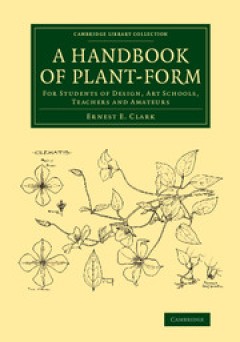
A Handbook of Plant-Form For Students of Design, Art Schools, Teachers and A…
Written and richly illustrated by the Derby-born artist Ernest Ellis Clark (1869–1932), this guide was originally published in 1904 to demonstrate the decorative possibilities of certain plants, mainly English wild flowers, to art students sitting examinations in plant drawing and design. Clark emphasises the importance of retaining a certain amount of botanical accuracy and provides examples…
- Edition
- -
- ISBN/ISSN
- 9781107262225
- Collation
- -
- Series Title
- Cambridge Library Collection - Botany and Horticulture
- Call Number
- -
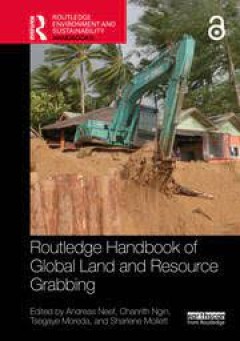
Routledge Handbook of Global Land and Resource Grabbing
This handbook provides a cutting-edge, comprehensive overview of global land and resource grabbing. Global land and resource grabbing has become an increasingly prominent topic in academic circles, among development practitioners, human rights advocates, and in policy arenas. The Routledge Handbook of Global Land and Resource Grabbing sustains this intellectual momentum by advancing methodologi…
- Edition
- -
- ISBN/ISSN
- 9781000902358
- Collation
- -
- Series Title
- -
- Call Number
- -
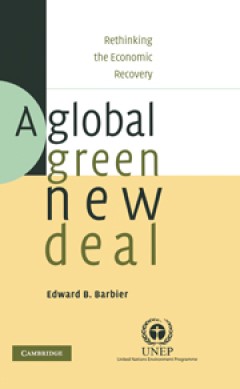
A Global Green New Deal Rethinking the Economic Recovery
Meeting the short run challenges of reviving the worldwide economy need not mean sacrificing long run economic and environmental sustainability. A Global Green New Deal (GGND) is an economic policy strategy for ensuring a more economically and environmentally sustainable world economic recovery. Reviving growth and creating jobs should be essential objectives. But policies should also aim to re…
- Edition
- -
- ISBN/ISSN
- 9780511844607
- Collation
- -
- Series Title
- -
- Call Number
- -

A General View of the Writings of Linnaeus
Carl Linnaeus (1707–88), father of modern taxonomy, was one of the most important scientists of the eighteenth century. This biography was written by Richard Pulteney (1730–1801), a physician and botanist who greatly admired Linnaeus' methods and aimed to promote them in England. The first edition was published in 1781 and contains a thorough account of the major works of Linnaeus and his u…
- Edition
- William George Maton
- ISBN/ISSN
- 9781139095945
- Collation
- -
- Series Title
- Cambridge Library Collection - Botany and Horticulture
- Call Number
- -
 Computer Science, Information & General Works
Computer Science, Information & General Works  Philosophy & Psychology
Philosophy & Psychology  Religion
Religion  Social Sciences
Social Sciences  Language
Language  Pure Science
Pure Science  Applied Sciences
Applied Sciences  Art & Recreation
Art & Recreation  Literature
Literature  History & Geography
History & Geography